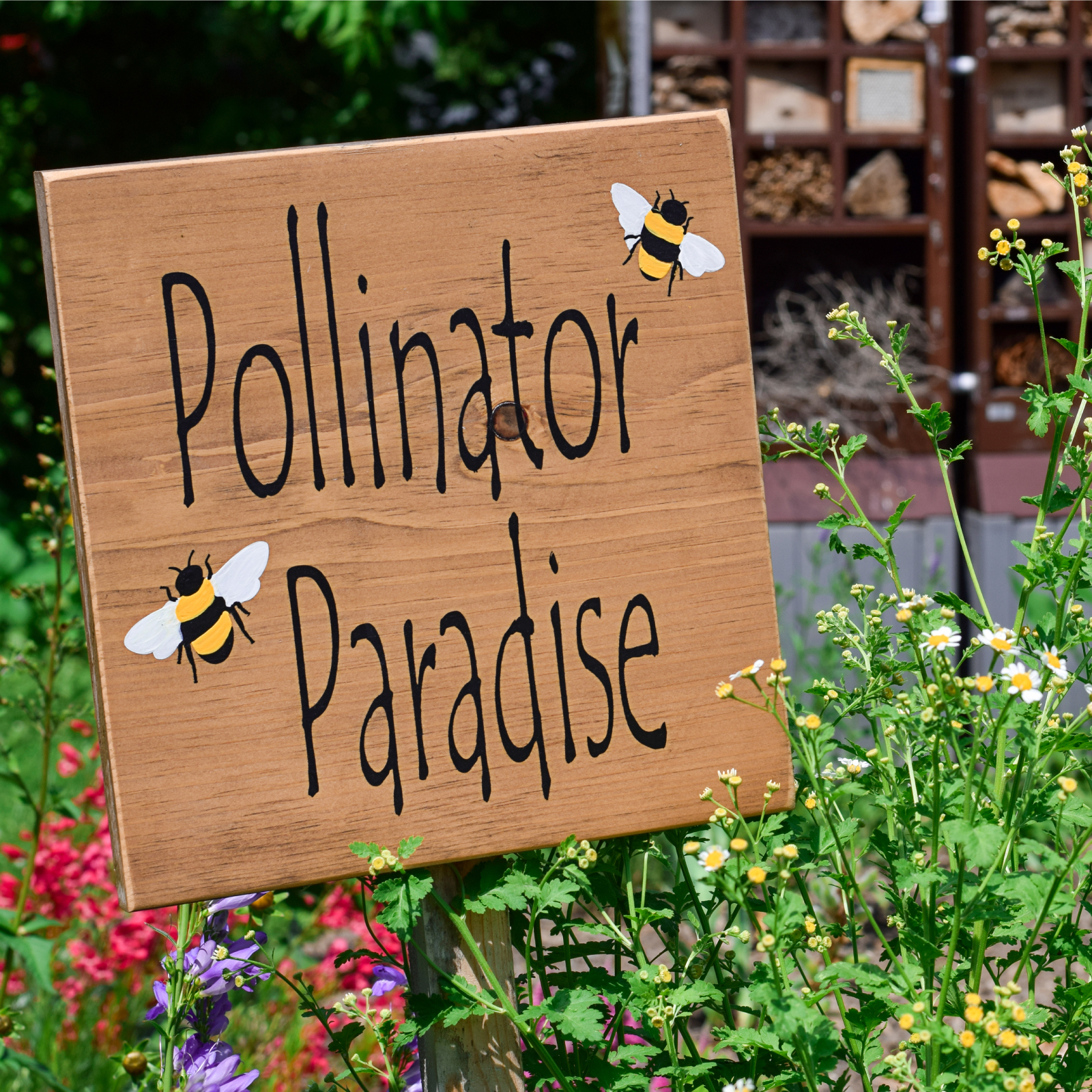Rose Garden Plants – Alexandre Girault Climbing Rose Care

For many people, roses hold a special place. These iconic flowers offer both beauty and style in landscape plantings. It is easy to understand why the plant is so popular in home gardens. From small shrubs to larger climbing specimens, there truly is a cultivar of rose for most any landscape use. One variety of rambling rose, Alexandre Girault climbing rose, is especially prized for its vigor and intense color.
What is the Alexandre Girault Climbing Rose?
Those growing Alexandre Girault climbing roses are often lured to it by the large, bright pink flower blooms which feature a somewhat fruity scent. Reaching heights of nearly 20 feet (6 m.), rambling roses of this magnitude have the true ability to make a dramatic visual impact in the garden once established. This, along with its habit of repeat bloom, makes it an ideal candidate for growers who wish to add vertical appeal to the growing space.
Growing Alexandre Girault Roses
Before planting climbing or rambling roses, it's important to understand the growth habit of the plant. Since ramblers are among the largest rose garden plants, it is imperative to choose a location with ample space, and provide a strong structure on which the vines can be tied or trained.
Growing Alexandre Girault rose is similar to growing other roses and has the same general site specific requirements. Foremost, rambling roses will need a well-draining location in full sun.
Bare roots or transplants will need to be obtained from a garden center. Alexandre Girault climbing roses may also be propagated by cuttings. However, they will take several seasons to become established.
To plant roses, dig a hole that is twice the width and twice the depth of the plant’s roots. Gently backfill the hole with soil after planting and water the site well.
Like all roses, care needs to be taken to monitor for and prevent common rose diseases and issues related to insects. Pruning is also vital to the maintenance and health of rambling roses. This task is most commonly completed in late summer and involves the removal of overgrown plant stems. This removal of stems is key to the promoting the roses' bloom in seasons to come.
Gardening tips, videos, info and more delivered right to your inbox!
Sign up for the Gardening Know How newsletter today and receive a free copy of our e-book "How to Grow Delicious Tomatoes".

Tonya Barnett has been gardening for 13 years. Flowers are her passion. She has transformed her backyard into a cut flower garden, which she regularly chronicles on her YouTube channel http://www.youtube.com/@tonyawiththeflowers.
-
 What Is A Pollinator Garden? Grow Gorgeous Blooms While Benefiting Your Local Ecosystem
What Is A Pollinator Garden? Grow Gorgeous Blooms While Benefiting Your Local EcosystemPollinator gardens look great and also provide a diverse ecosystem that benefits your local pollinating insects and animals. Get started today with this guide!
By Bonnie L. Grant
-
 5 Tough Urban Trees That Thrive In Cities – Top Picks For Urban & Suburban Landscapes
5 Tough Urban Trees That Thrive In Cities – Top Picks For Urban & Suburban LandscapesExplore the best urban trees that will add value to even the most challenging of landscapes. Get growing with these ideas and enjoy all the benefits of trees.
By Teo Spengler